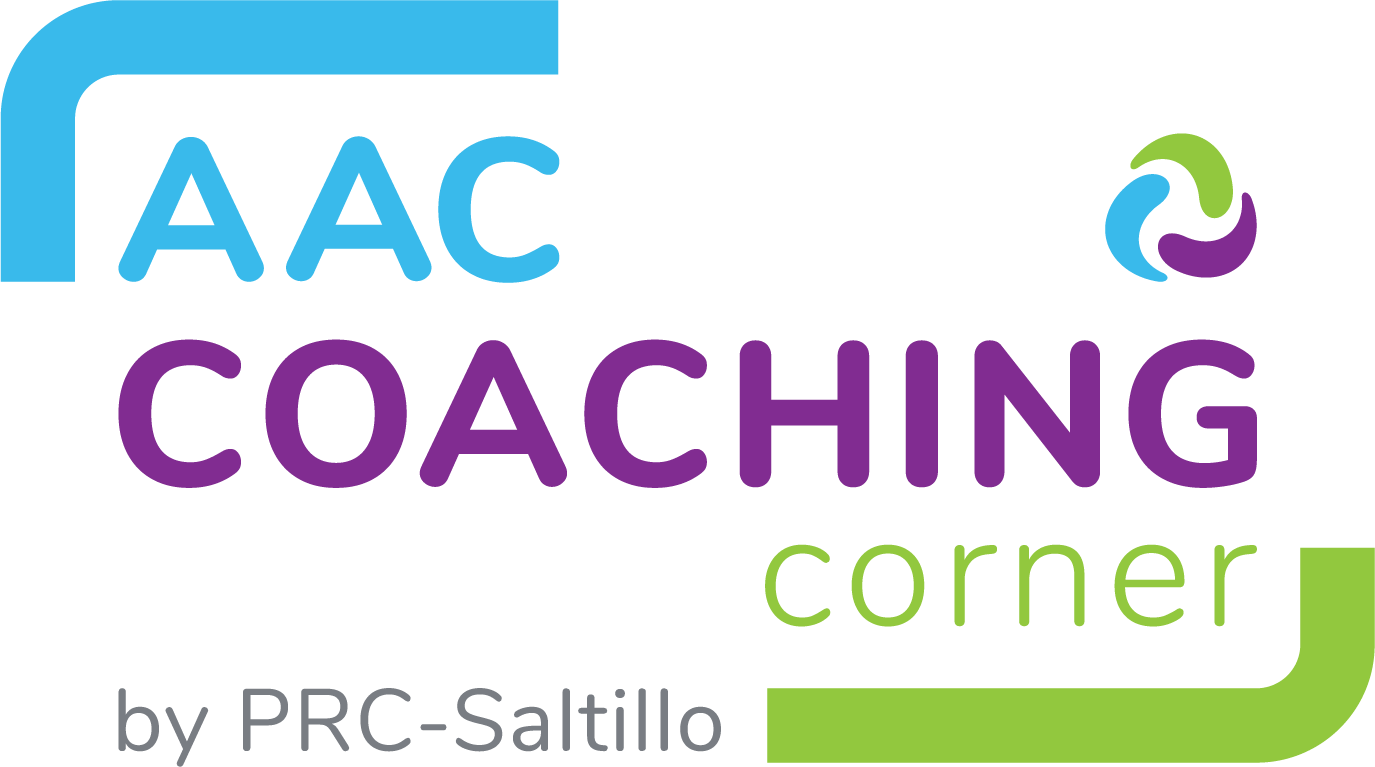Virtual reality.
Once, it was the stuff of science fiction and fantasy, conjuring up fantastic worlds and possibilities.
Fast forward to today, and virtual reality is no longer a futuristic idea – it’s here and now.
Although still in its infancy, virtual reality is rapidly becoming not just a tool for gamers but a tool for health researchers, as well.
Two recent articles highlight virtual reality and its growing impact on daily life.
Virtual Reality - Shared
PRC’s partner, SensoMotoric Instruments (SMI), the technology behind our highly accurate and precise eye gaze technology, is the basis for Google’s new mixed reality output.
Briefly, the technology allows virtual reality developers the opportunity to not only share the virtual reality experience one person is having, but show the participant’s face while s/he is reacting to their virtual world, allowing viewers to actively share the experience as it’s happening.
Read the story but more importantly, watch the video. The technology will amaze you!
Virtual Reality – Preventative Medicine
“Every year, falls lead to hospitalization or death for hundreds of thousands of elderly Americans. Standard clinical techniques generally cannot diagnose balance impairments before they lead to falls.”
Researchers from the University of North Carolina at Chapel Hill and North Carolina State University are hoping to change that.
They’re using virtual reality to create the visual illusion of a loss of balance in participants, in an effort to gauge how the body perceives the loss of balance – and how it looks to correct it.
The hope is to eventually “diagnose balance impairments, or…train people to improve their balance while walking.”
Plans are in the works for ongoing studies with other groups susceptible to falls in an effort to teach better controls and minimize imbalances.
Read the article for more information.
News and Updates















